Virtual reality photography offers an immersive and engaging experience that allows viewers to step into the narrative and become active participants. In this blog post, we explore how virtual reality photography is enhancing visual storytelling and redefining the way we consume and create content.
The Power of Immersion
Virtual reality photography enables storytellers to create immersive experiences by capturing 360-degree images or videos that transport viewers to different locations or scenarios. By wearing a VR headset, viewers can explore a virtual environment as if they were physically present, creating a powerful sense of immersion and presence. This level of engagement opens up new possibilities for storytellers to connect with their audience on a deeper and more emotional level.
- Immersive experiences allow viewers to feel like they are part of the story, leading to increased engagement and emotional connection.
- Virtual reality photography offers a unique perspective, giving viewers a chance to explore environments and narratives from different angles.
- 360-degree storytelling provides a more inclusive experience, as viewers can choose where to direct their attention.
A New Dimension in Storytelling
Traditionally, storytelling has been limited to two dimensions – text or static visuals. However, virtual reality photography adds a third dimension by placing the viewer within the story itself. This added dimension allows for a more dynamic and interactive narrative, giving the audience a sense of agency and control over their experience.
- Virtual reality photography adds depth and realism to storytelling by creating a sense of space and presence.
- By giving viewers control over their viewpoint, VR photography allows for personalized storytelling experiences.
- The interactive nature of virtual reality photography encourages active engagement and exploration.
The Future of Visual Storytelling
As virtual reality technology continues to advance, the possibilities for visual storytelling are endless. From educational experiences to immersive journalism, VR photography has the potential to reshape how we consume and interact with content.
Key Takeaways:
- Virtual reality photography revolutionizes visual storytelling by creating immersive and interactive experiences.
- 360-degree images and videos allow viewers to explore environments and narratives from different perspectives.
- Virtual reality adds a new dimension to storytelling, enhancing the sense of presence and agency.
- The future of visual storytelling lies in the continued advancement of virtual reality technology.
In conclusion, virtual reality photography has opened up a new realm in visual storytelling. The ability to immerse viewers in a virtual environment and provide an interactive experience has transformed the way stories are told. Whether it’s in journalism, entertainment, or education, virtual reality photography has the potential to captivate audiences and evoke powerful emotions. As the technology progresses, we can expect to see even more innovative and compelling forms of storytelling emerge, allowing us to experience narratives in ways we never thought possible.

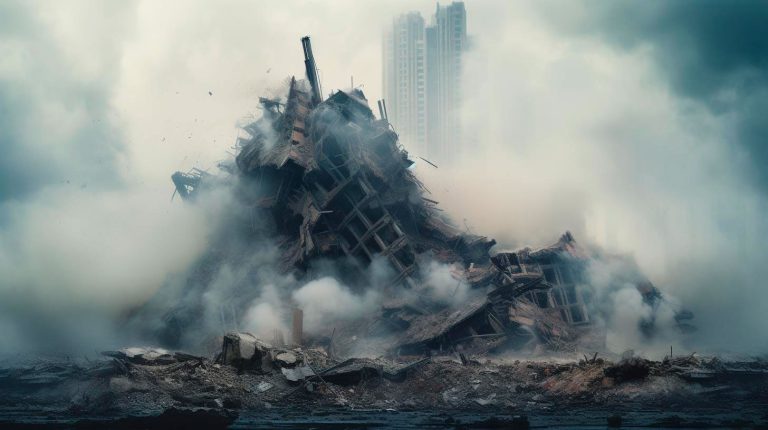
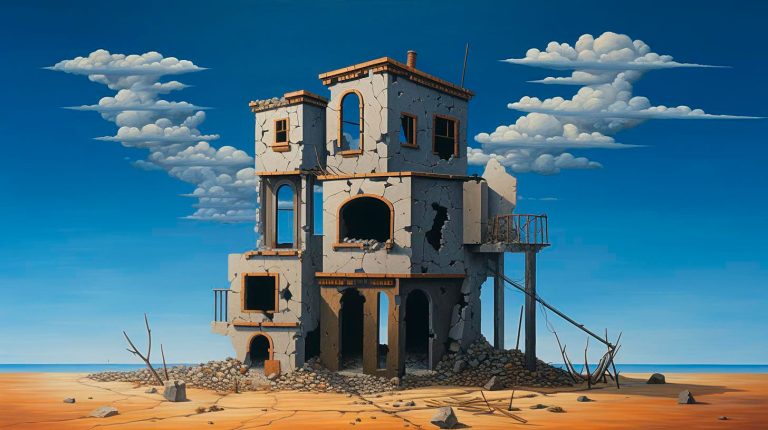
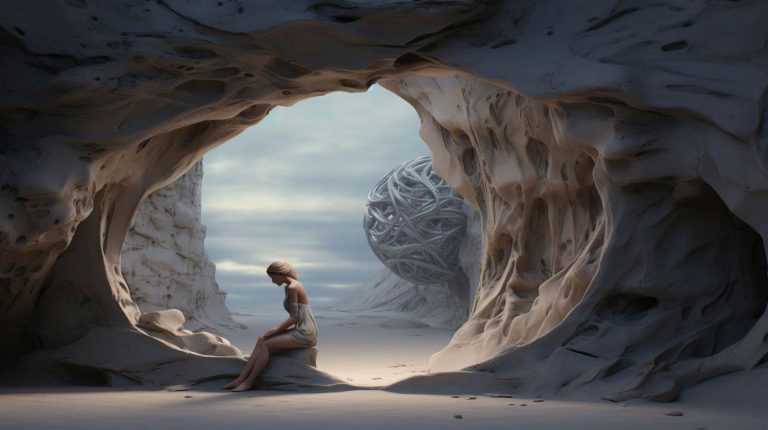





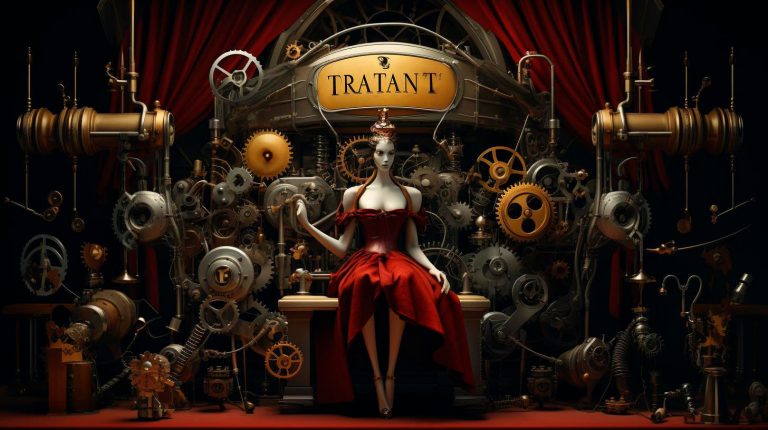

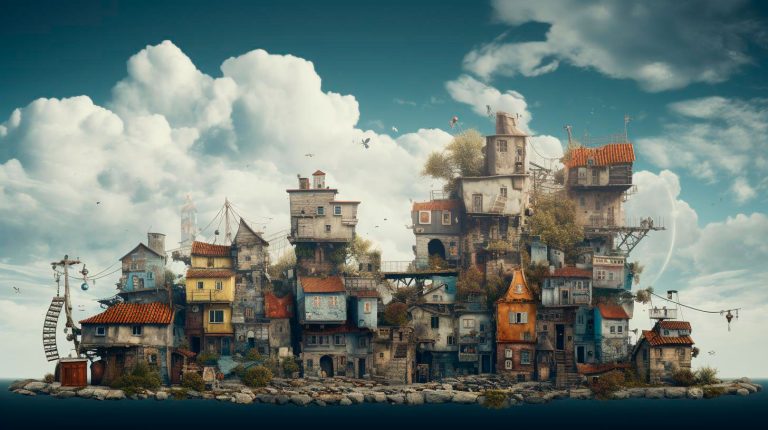








+ There are no comments
Add yours